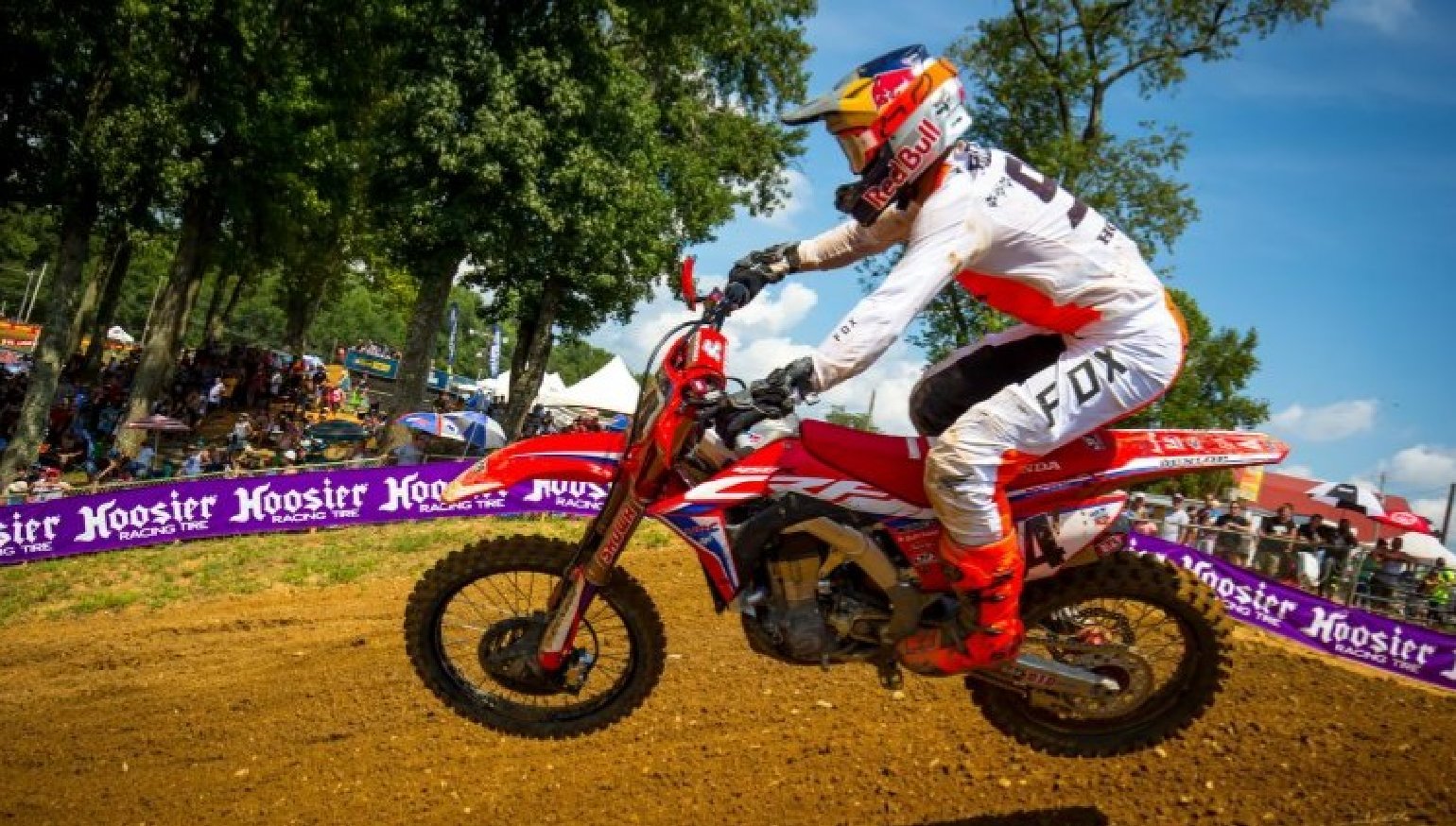This Ask the Doc responds to a reader’s questions about “arm pump." What is it, who gets it, and what you can do about it if you have it?
There is power in naming a thing, and this one is properly termed “Chronic Exertional Compartment Syndrome.” Sounds complicated but it is really pretty straightforward. There is an inequality in blood flow to your forearm(s), with more going in than is able to get out. The forearm muscle fills with blood, enlarges (gets pumped up), and hurts — a lot! This inequality is not painful in certain other body parts, is clearly beneficial for specific bedroom activities, but is not at all helpful for motorcycle racing. Off-road racers may be more affected than others, but retired MotoGP rider Dani Pedrosa proves that no one is immune.
No el mejor día hoy.. Dolor y sufrimiento! Gracias a todos vosotros y al equipo por la confianza! Foto de hoy y LeMans pic.twitter.com/vn8gBQ9c6J
— Dani Pedrosa (@26_DaniPedrosa) June 1, 2014
Arm pump can lead to more than just pain. It interferes with grip, clutch or throttle control and degrades your focus, which can lead to a crash. And it can result in muscle damage that may require surgery to address.
Now, there are lots of things you can do to prevent arm pump, avoid surgery, and keep riding and racing. Unfortunately, there are also a lot of unproven “therapies” that have been offered as “cures” or “preventive measures.” First, you need to make sure that you have the right diagnosis. For this, you should see a sports medicine orthopedic surgeon or a hand surgeon (orthopedic or plastic). Making the diagnosis relies on an appropriate history combined with exercise and measurement of the pressure in your forearm compartments (there are only two) while you have symptoms. That pressure gets measured by inserting a needle attached to a pressure measurement device into each forearm compartment. Loads of fun, moderately painful, and very useful. Correctly diagnosing chronic compartment syndrome is key because unrelieved pressures — even ones that are not very painful and seem “OK” but are truly elevated — can lead to permanent muscle and nerve damage.
We have previously discussed compartment syndrome resulting from an extremity injury. The space where your muscles live is encased in a tough and inelastic sheath of fascia (a compartment). When the muscles swell, the fascia stretches only a little. If the muscles swell a lot, the pressure in the compartment increases. Increased pressure compresses thin-walled capillaries and small connecting vessels to larger veins. This makes the imbalance between inflow from arteries and outflow from veins even worse. Which increases the pressure which makes the imbalance rise. You get the idea. All of this also compresses nerves and decreases the blood flow to those nerves, so your hands don't work as well.
How do you avoid this? Only a few things have been demonstrated to work. Riding — and lots of it — to condition your forearms in a graded and progressive fashion. Nutritional balance that supports cardiovascular health seems reasonable — and supports reducing overall body adipose mass while supporting lean body mass (muscle). That sounds good, too, and is a bit of common sense. But best of all is cardiovascular fitness. High-intensity interval training is ideal. That kind of exercise helps adapt you to high demand, and high flow exercise.
What about preparation right before a race? Like anything — or everything — else, a warm-up is good. You do this with mental preparation for the course, and you should do this for your muscles, as well. Some advocate for a brief run, others calesthenics, and others still, yoga. None are wrong and none are absolutely right. There is only a method that is right for you!
This requires practice in doing things one way and determining if it is helpful. If a 10-minute jog works for you, then great. If it is ineffective, 20 minutes may work, but another approach may be easier to use on a race day. Experiment and keep a log of what you do so that when you find what works, you can do it again!
Optimizing your ergonomics on the bike is sound advice. It is not clear if it will reduce arm pump, but at least if you have the right setup for you.
Avoid gear and clothing that are restrictive from your fingertips to your armpit. It is much easier to compress veins than arteries since arteries have much thicker walls. Therefore, really tight clothing will worsen that imbalance between blood flowing in and the ability of that blood to get back out. Loose is good as long as your armor stays in place!
Lots of other things have been proposed that do not have much support behind them: nutritional supplements, massage therapy, myofascial release techniques, ultrasound, warm compresses, cryotherapy (yep, one say hot, one says cold — temperature opposites = no one really knows), acupuncture, acupressure, external taping, and salt tablets. Everyone knows you should stay hydrated, but no one needs pH-balanced water as it goes into your stomach that is full of acid, rendering the balance in the bottle totally meaningless.

If all else fails, what does surgery do for you? It makes a bigger space! Surgery creates a long opening in the fascia and allows the muscle more space into which to expand. This surgery is called a fasciotomy because it creates an opening in the fascia. Since the pressure will be less in the larger space, the veins and their feeding vessels don't get compressed. This maintains better balance between inflow and outflow. Muscles swell less and you get to keep hand, throttle and clutch control — and, guess what, no pain (except right after surgery, which is unavoidable).
Surgery is the last therapy to be pursued. Note that at no point in time has it been suggested to stop riding. Who would listen to that advice?











